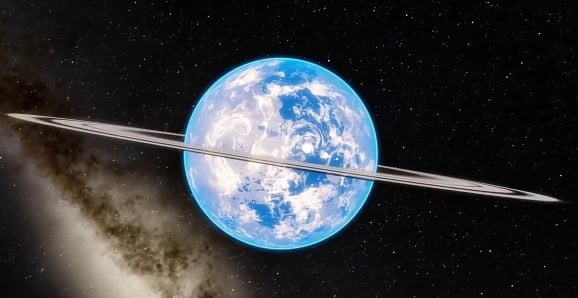In a historic announcement that has sent ripples through the scientific community, NASA has confirmed the discovery of a second Earth-like planet in our cosmic neighborhood. The planet, designated Kepler-452b, has been found orbiting a sun-like star approximately 1,400 light-years from Earth in the constellation Cygnus. This discovery marks a significant milestone in our ongoing search for habitable worlds beyond our solar system and potentially for extraterrestrial life. Scientists at NASA’s Ames Research Center, working with data from the Kepler Space Telescope, have verified that this exoplanet shares several crucial characteristics with Earth, making it one of the most promising candidates for habitability discovered to date. The announcement comes after years of careful observation and data analysis, representing the culmination of one of NASA’s most ambitious missions.
Physical Characteristics of Kepler-452b
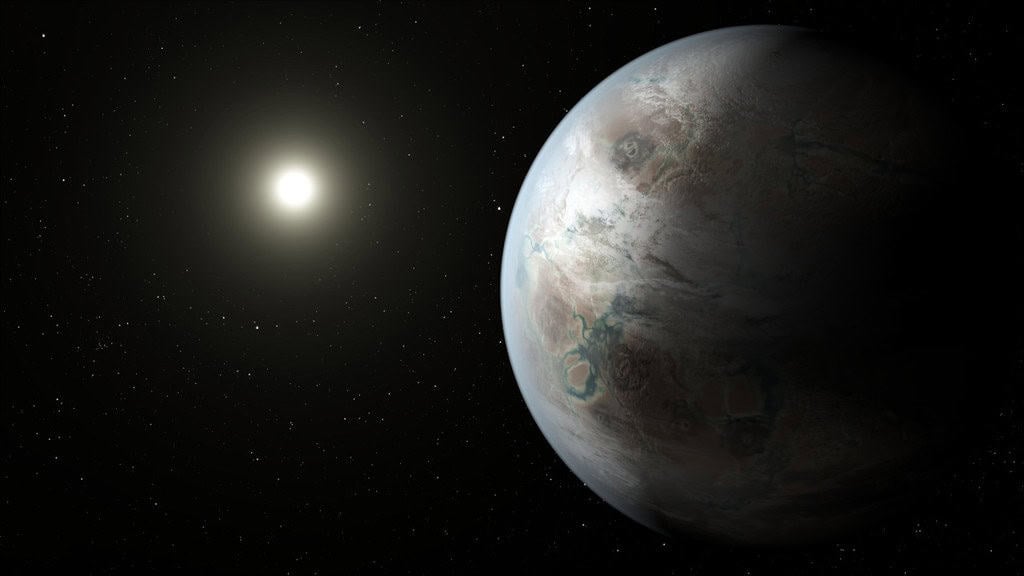
Kepler-452b has been nicknamed “Earth 2.0” due to its remarkable similarities to our home planet. The exoplanet is approximately 60% larger than Earth in diameter, placing it in the category of a “super-Earth.” Despite its larger size, its mass is estimated to be about five times that of Earth, suggesting a rocky composition rather than a gaseous one like Jupiter or Neptune. Its surface gravity is likely to be about twice that of Earth, which would still allow for familiar physical processes. Scientists have calculated that Kepler-452b completes an orbit around its star every 385 days, remarkably close to Earth’s 365-day year. This orbital period places it firmly within what astronomers call the “habitable zone” or “Goldilocks zone” – the region around a star where conditions might be just right for liquid water to exist on a planet’s surface, neither too hot nor too cold.
The Host Star: Kepler-452
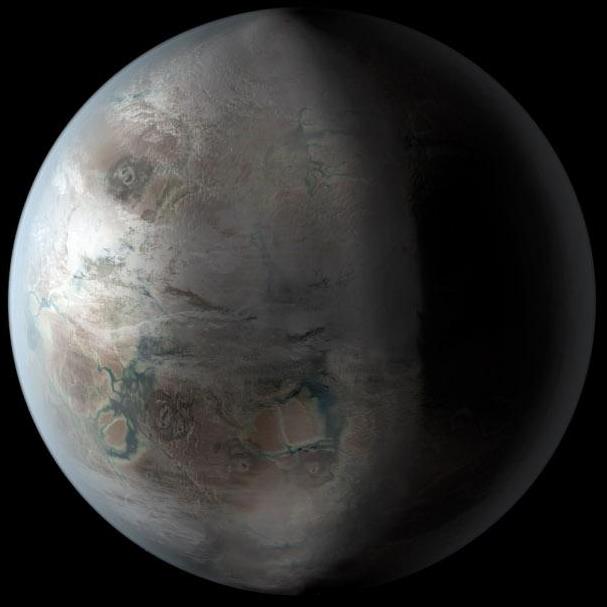
The star around which Kepler-452b orbits, designated Kepler-452, shares remarkable similarities with our own sun. It belongs to the same spectral class (G-type) as our sun and has nearly the same temperature and mass. However, Kepler-452 is about 1.5 billion years older than our sun, being approximately 6 billion years old. This additional age has significant implications for the potential evolution of life on its orbiting planet. The star is about 10% larger and 20% brighter than our sun, but its habitable zone has expanded outward as it has aged, allowing Kepler-452b to remain within this crucial region. Astronomers believe studying this older sun-like star can provide valuable insights into the future evolution of our own solar system and how habitable zones change over billions of years.
The Significance of Finding an Earth Analog

The discovery of Kepler-452b represents a watershed moment in exoplanet research. While thousands of exoplanets have been discovered since the 1990s, finding one that so closely resembles Earth in multiple key parameters is exceedingly rare. Most previously discovered potentially habitable exoplanets orbit smaller, cooler stars unlike our sun, making Kepler-452b unique in its similarity to the Earth-Sun relationship. This discovery bolsters the hypothesis that Earth-like planets may be relatively common in our galaxy, with profound implications for the potential prevalence of life beyond Earth. NASA scientists estimate that with approximately 100 billion stars in our Milky Way galaxy, there could be tens of billions of potentially habitable worlds waiting to be discovered, fundamentally altering our understanding of our place in the cosmos.
How Kepler-452b Was Discovered
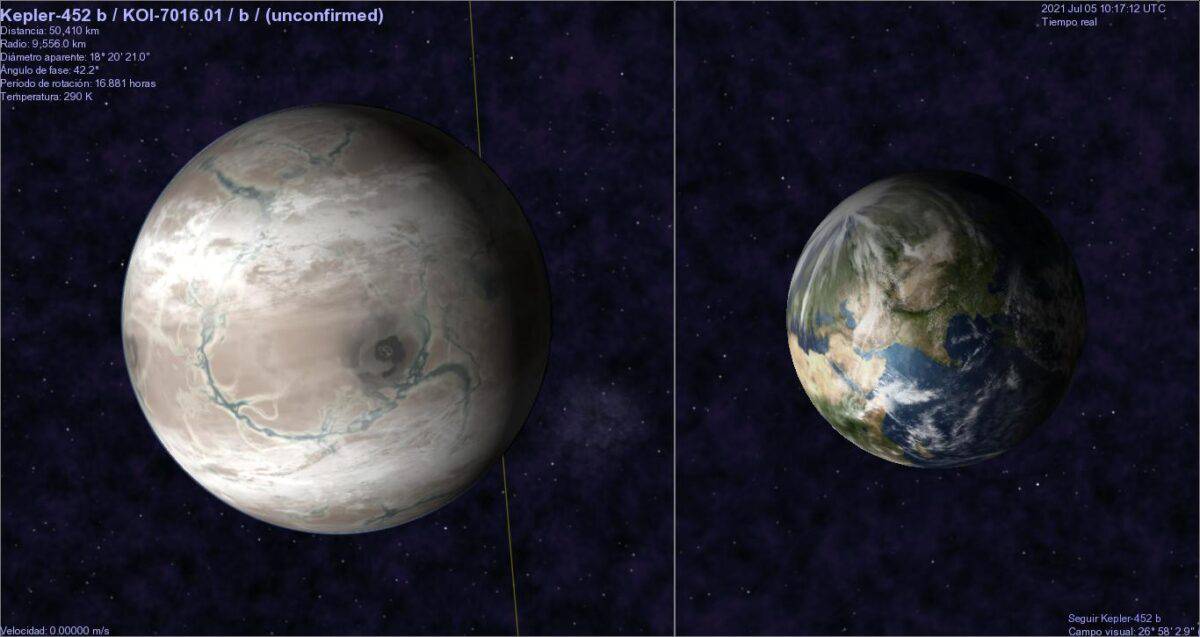
The discovery of Kepler-452b is the result of years of painstaking work by NASA’s Kepler mission team. The Kepler Space Telescope, launched in 2009, was designed to find Earth-sized planets in the habitable zones of sun-like stars by monitoring the brightness of over 150,000 stars simultaneously. When a planet passes in front of its host star, it causes a tiny but detectable dip in the star’s brightness – a phenomenon known as a transit. Kepler-452b was detected after analyzing more than six years of data, during which the planet transited its star several times. The initial detection required sophisticated algorithms to identify the subtle signal amid the noise of natural stellar variations. Following this preliminary identification, scientists conducted extensive follow-up observations using ground-based telescopes and advanced statistical analyses to confirm that the signal was indeed caused by a planet and not by other astronomical phenomena or instrumental artifacts. This rigorous process exemplifies the methodical approach necessary for identifying and confirming distant worlds.
Potential for Liquid Water and Habitability
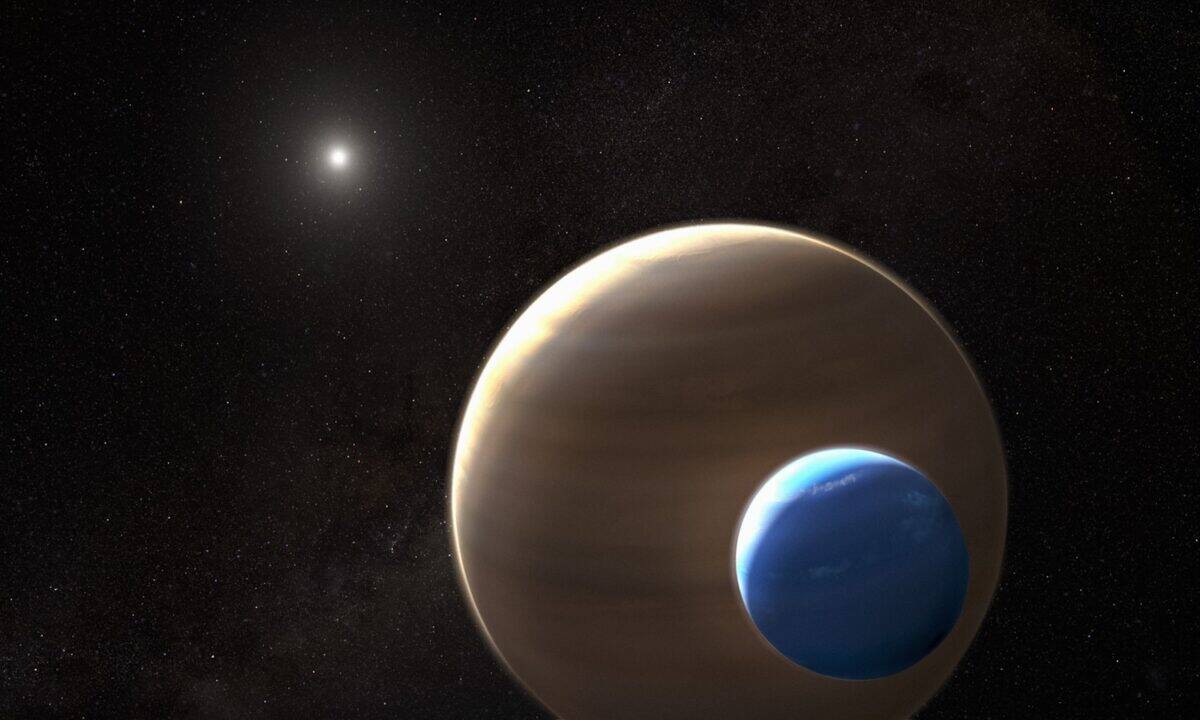
One of the most exciting aspects of Kepler-452b is its potential to host liquid water, a critical ingredient for life as we know it. Based on its position in the habitable zone and its likely rocky composition, scientists believe there is a significant probability that water could exist on its surface. Computer models suggest that if Kepler-452b has a similar atmospheric composition to Earth, its surface temperature would allow water to remain liquid. The planet receives about 10% more energy from its star than Earth receives from the Sun, but this is not enough to trigger a runaway greenhouse effect that would make the planet uninhabitable. The slightly stronger surface gravity could also help the planet retain a substantial atmosphere, providing protection from cosmic radiation and potentially creating Earth-like weather patterns. However, direct confirmation of water or atmospheric composition remains beyond our current technological capabilities and will require next-generation telescopes.
The Possibility of Life on Kepler-452b
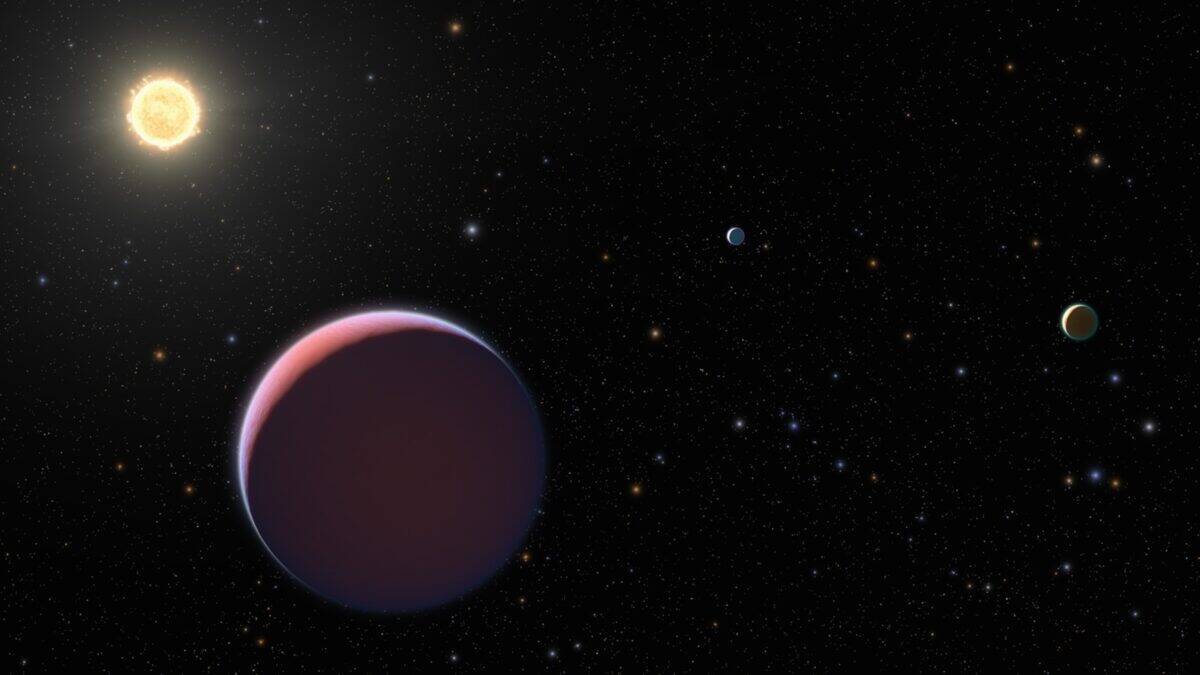
While NASA scientists are careful not to make definitive claims about the existence of life on Kepler-452b, the planet’s Earth-like characteristics make it a prime candidate in our search for extraterrestrial life. The planet’s age – approximately 6 billion years – provides ample time for potential biological evolution, considering that life on Earth emerged within the first billion years of our planet’s existence. If Kepler-452b has maintained Earth-like conditions over billions of years, complex life forms could potentially have evolved there. However, the older age of its star also means that Kepler-452b might be experiencing the beginning stages of the runaway greenhouse effect that will eventually occur on Earth billions of years from now as our sun brightens. This could present challenges to habitability, though the planet’s larger mass might help it maintain habitability longer than Earth will. Scientists emphasize that while Kepler-452b is an excellent candidate for habitability, confirming the presence of life would require direct detection of biosignatures in its atmosphere, a goal for future missions.
Technological Challenges in Studying Distant Exoplanets
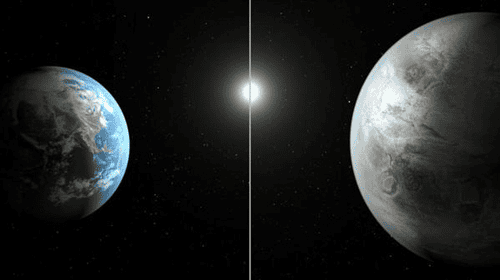
Despite the excitement surrounding Kepler-452b, studying it in detail presents enormous technological challenges. At approximately 1,400 light-years away, direct imaging of the planet is impossible with current technology. Even the most advanced telescopes planned for the near future, such as the James Webb Space Telescope, will struggle to obtain detailed information about its atmosphere or surface conditions. The distance also means that any potential future interstellar missions would take thousands of years to reach using conventional propulsion systems. Scientists are instead focusing on developing sophisticated methods to analyze the light passing through the planet’s atmosphere during transits, which can reveal chemical compositions and potentially detect biosignatures. New telescope technologies being developed might eventually allow for more direct observations, including rudimentary mapping of surface features. These technological limitations highlight why closer Earth-like planets, such as those in the TRAPPIST-1 system (about 40 light-years away), remain particularly valuable targets for detailed study in the coming decades.
Comparison with Other Notable Exoplanets

While Kepler-452b stands out for its similarity to Earth, it joins a growing catalog of potentially habitable exoplanets discovered in recent years. Proxima Centauri b, located just 4.2 light-years away, is closer but orbits a red dwarf star with very different properties from our sun. The TRAPPIST-1 system contains seven Earth-sized planets, with several in the habitable zone, but these also orbit a cooler, smaller star than our sun. Kepler-186f, another notable discovery, is more similar in size to Earth but orbits a cooler star and receives less stellar energy. What makes Kepler-452b particularly special is the combination of its size, position in the habitable zone, and its orbit around a sun-like star – a rare trifecta among discovered exoplanets. Each of these worlds offers different insights into the diversity of potentially habitable environments in our galaxy and collectively expand our understanding of planetary formation and evolution under various stellar conditions.
Future Missions to Study Kepler-452b
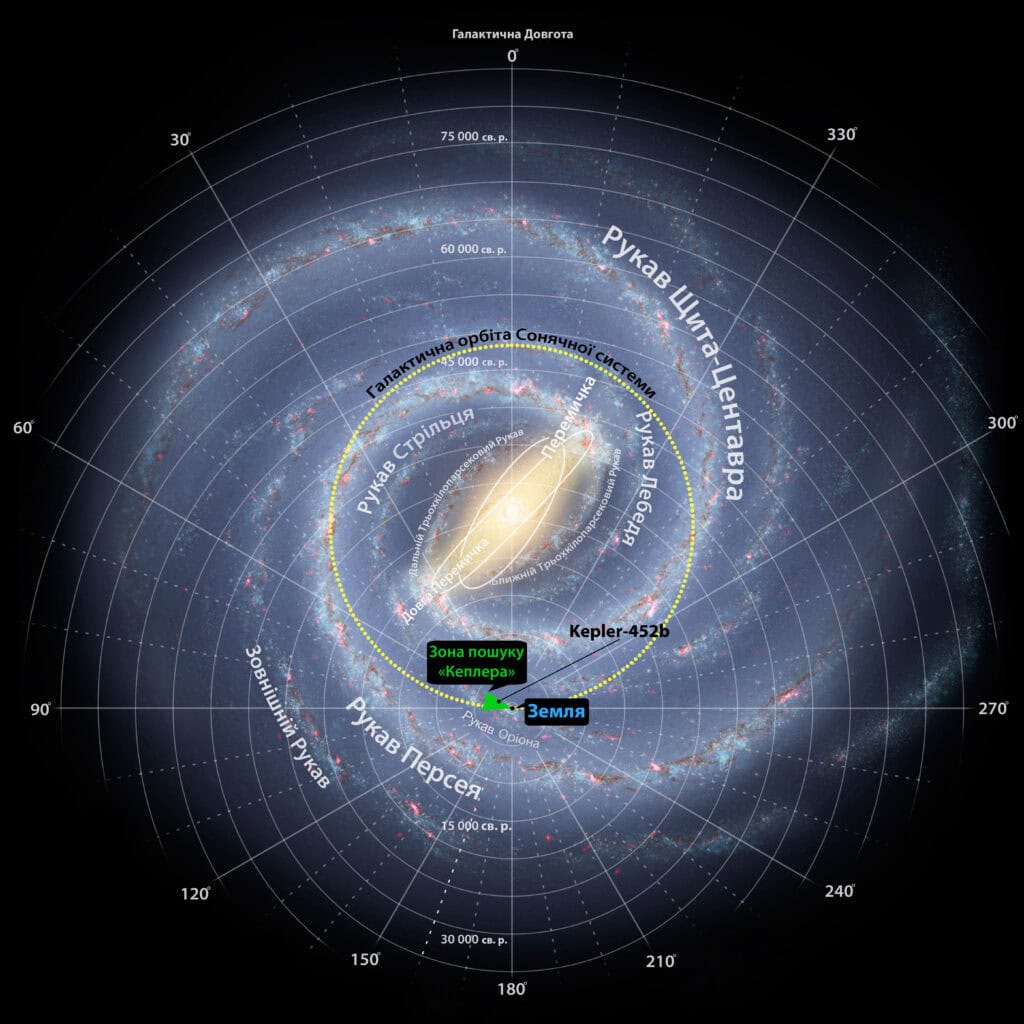
NASA and other space agencies are planning several missions that could enhance our understanding of Kepler-452b and similar exoplanets. The James Webb Space Telescope, scheduled to launch in late 2021, will have the capability to analyze the atmospheres of some exoplanets, though Kepler-452b’s distance presents significant challenges. Future space observatories, such as the proposed Large UV/Optical/IR Surveyor (LUVOIR) and Habitable Exoplanet Observatory (HabEx), are being designed specifically to characterize the atmospheres of Earth-like exoplanets and could potentially detect biosignatures if present. Ground-based extremely large telescopes currently under construction, including the Thirty Meter Telescope and the European Extremely Large Telescope, will also contribute to our understanding of distant exoplanets. These next-generation observatories represent humanity’s best near-term hope for determining whether planets like Kepler-452b truly have conditions suitable for life as we know it and potentially answering one of humanity’s most profound questions: Are we alone in the universe?
Implications for Understanding Earth’s Future

Kepler-452b provides astronomers with a unique window into Earth’s potential future. Since the planet orbits a star that is about 1.5 billion years older than our sun, studying Kepler-452b could offer insights into what Earth might experience billions of years from now. As stars age, they gradually become brighter, which expands their habitable zones outward but can also create more challenging conditions for planets that formed earlier in the habitable zone. Scientists hypothesize that Kepler-452b may be experiencing the early phases of a runaway greenhouse effect similar to what Earth will face in a distant future as our sun continues to brighten. Understanding how an older Earth-like planet responds to its changing star could help climate scientists refine models of Earth’s long-term future and enhance our understanding of planetary habitability over multi-billion-year timescales. This perspective underscores the scientific value of discovering exoplanets at different evolutionary stages, each providing a snapshot of planetary development under various conditions.
Public Reaction and Cultural Impact

The announcement of Kepler-452b’s discovery has captured public imagination worldwide, reflecting humanity’s enduring fascination with finding “another Earth.” News of the planet has prompted discussions about interstellar travel, the possibility of extraterrestrial life, and our species’ long-term future among stars. Science fiction authors and filmmakers have already begun incorporating references to Kepler-452b into their works, much as they did with previous exoplanet discoveries. Educators report increased student interest in astronomy and planetary science following the announcement, highlighting the discovery’s value as an inspirational tool for STEM education. The discovery has also prompted philosophical and theological discussions about humanity’s place in the cosmos and the implications of potentially finding life elsewhere in the universe. This cultural response demonstrates how astronomical discoveries can transcend pure science to become touchstones for broader societal reflection about our cosmic context and future.
Conclusion: A New Chapter in Exoplanet Exploration

The confirmation of Kepler-452b represents a pivotal moment in humanity’s quest to understand our cosmic neighborhood and our place within it. As the most Earth-like planet yet discovered orbiting a sun-like star, it provides scientists with an unprecedented opportunity to study a world that mirrors our own in many crucial aspects. While direct exploration of this distant world remains beyond our current technological capabilities, its discovery serves as both a scientific milestone and a profound symbol of the potential diversity of habitable worlds throughout our galaxy. As next-generation telescopes and improved detection methods come online in the coming decades, we can expect to learn more about Kepler-452b and to discover many more candidate worlds that might harbor the conditions necessary for life. The age of exoplanet exploration is still in its infancy, and discoveries like Kepler-452b promise to continually reshape our understanding of our place in the cosmos and the potential for life beyond Earth.
- How Penguins Take Turns at Sea and Nest to Raise Chicks - August 9, 2025
- Dolphin Brains Compare to Those of Apes and Humans - August 9, 2025
- 14 Cutting-Edge Biotech Innovations That Will Shape the Future - August 9, 2025

